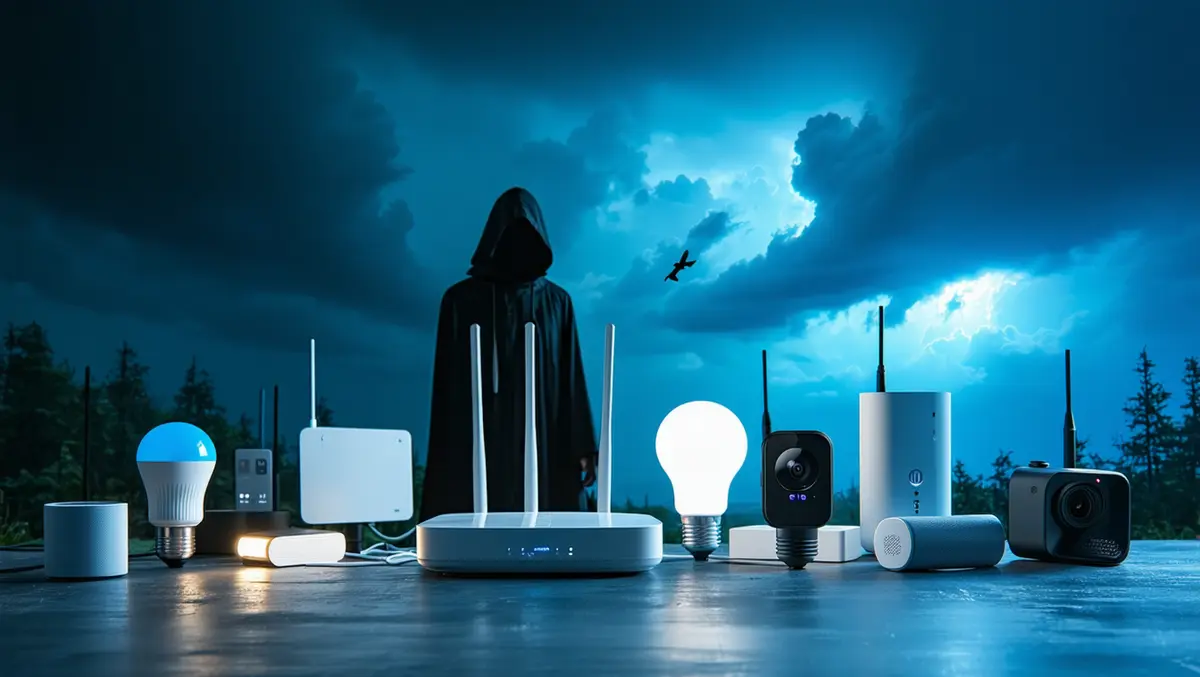
US may ban TP-Link amid smart device security concerns
Recent reports of a potential ban on TP-Link products in the United States have raised concerns over the security and reliability of network devices.
The proliferation of smart devices in homes is increasing the risk of cyberattacks and data breaches, as highlighted in an article offering guidance on enhancing smart home network security by employing network segmentation, securing IoT devices, and implementing firewall rules.
The rise of smart devices offers considerable convenience to households, but not without accompanying security risks. Many IoT devices are vulnerable to threats that manufacturers may not have prepared, and some lack mechanisms for updates. As smart devices end their life cycle and support is discontinued, they become increasingly susceptible to attacks.
When an IoT device is compromised, it could be turned into a part of a botnet or used to spy on household activities. More worryingly, it might infect computers, tablets, and network-attached storage (NAS) devices connected to the same network through lateral movement attacks, typically originating from vulnerable NASs or PCs.
A proactive approach to network security is advised, focusing on separating internet-connected devices into different networks. For most home users, this involves creating a primary home network and an IoT network, with an additional guest network where necessary.
Using Synology Routers, creating separate virtual local area networks (VLANs) is straightforward. Anita Chen, Marketing at Synology, said, "Simply creating these VLANs can significantly increase the security of your network."
The primary network is generally where most home devices, such as laptops, tablets, and smartphones, are connected. Smart TVs, speakers, and home hubs, which often receive regular security updates, can remain on this network but might be moved to the IoT network for enhanced security.
Synology's Safe Access package offers web filtering capabilities, integrating Google Safe Browsing and external databases to block access to domains with harmful content. It also provides comprehensive parental control features without additional costs. The Threat Prevention package by Synology inspects internet traffic to identify and drop any malicious packets.
IoT devices are commonplace, with global spending expected to reach USD $1 trillion by 2026. These devices, while beneficial, pose significant security risks. Synology's SRM technology includes options to isolate these devices onto a separate network, using firewall rules to permit one-way communication with other devices, thus preventing unwanted access.
The Intrusion Prevention System (IPS), a component of Threat Prevention technology, is vital in many enterprise security systems and is accessible on Synology Routers to protect home and IoT networks.
A guest network, while often viewed as excessive, can prevent potential threats from guest devices affecting the home network. Synology Routers facilitate this setup with ease, providing features such as automatic password rotation and customisable landing pages.


